How Do Doorbell Cameras Work: A Complete Guide
Quick Summary
- Doorbell cameras combine a doorbell with a built-in camera to provide live video feeds and two-way communication.
- They utilize motion detection, Wi-Fi connectivity, and both cloud/local storage for enhanced home security and convenience.
- Available in wired, battery-powered, and solar-charged models.
- Advanced features include AI detection, night vision, smart home integrations, and package detection.
- Perfect for both homeowners and renters, doorbell cameras offer peace of mind and real-time monitoring of your front door.
👉 Shop video doorbell accessories now
In a world increasingly focused on smart home technology and safety, the humble doorbell has evolved into a high-tech guardian of your front door. Whether you want to ward off porch pirates, greet visitors remotely, or keep an eye on your doorstep while on vacation, a video doorbell camera gives you the power to do just that, from anywhere.
But how do doorbell cameras work? What components make them tick? And how do you choose the right one for your home? When selecting the best video doorbells, it's important to look for models with user-friendly apps, high ratings, and proven reliability to ensure a seamless and secure experience.
In this guide, we’ll explore everything from internal components and installation tips to storage options and troubleshooting, giving you a clear, actionable understanding of today’s smart video doorbells.
What is a Doorbell Camera?

A doorbell camera is a smart security device designed to be installed at your front door, combining the traditional doorbell with a built-in camera and advanced technology. Most doorbell cameras feature a high-definition video camera, motion sensor, and two-way audio system, allowing you to see, hear, and speak to visitors from your smartphone or smart display. Depending on the model, a doorbell camera can be powered by a rechargeable battery pack or connected directly to your existing doorbell wiring for continuous operation.
Popular options like the Ring Video Doorbell offer a range of advanced features, including night vision for clear footage after dark, motion detection to alert you of activity, and two-way talk so you can communicate with anyone at your door. With a doorbell camera, you can monitor your front door in real time, record important events, and enjoy the flexibility of remote access, making it a smart upgrade for any home security setup.
Purpose and Benefits
The main goal of a doorbell camera is to enhance your home security and make everyday life more convenient. By installing a doorbell camera at your front door, you can:
- Instantly see who’s at your door through a live video feed, without having to open it
- Communicate with visitors from anywhere using two-way talk, whether you’re home or away
- Receive real-time notifications when motion is detected, so you’re always aware of activity at your front door
- Enjoy greater peace of mind knowing your home is being monitored around the clock
Doorbell cameras can also be integrated with other smart home devices, such as security systems and outdoor security cameras, to create a comprehensive home security solution. With features like night vision, motion detection, and live video streaming, doorbell cameras offer advanced protection and convenience. Whether you want to deter unwanted visitors, keep an eye on package deliveries, or simply stay connected to your home, a doorbell camera is a valuable addition to any modern security system.
Core Components of a Doorbell Camera

To truly understand how doorbell cameras work, it’s important to look under the hood. These smart devices combine multiple technologies into one compact unit, acting as a security camera, motion sensor, intercom, and Wi-Fi-enabled security system all in one. A doorbell camera works by allowing homeowners to see and communicate with visitors at their door in real time, similar to caller ID, which enhances security and helps manage deliveries and visitor interactions.
Each of these components plays a vital role in how smart video doorbells function, helping protect your front door and keep you connected, whether you’re home or away.
👉 Learn more: Top 5 Video Doorbells for 2024
Camera Lens & Resolution
The built-in camera is the heart of any doorbell camera system. It records and transmits live video of what’s happening outside your front door, acting as your digital eye when you’re not there.
- 1080p HD resolution is the standard in most models, offering crisp and clear footage.
- 2K and 4K options (like those from Eufy and Nest) deliver ultra-detailed visuals that can help identify faces, read license plates, or spot small details like delivery tags.
- HDR (High Dynamic Range) enhances image quality in bright daylight or deep shadows by balancing exposure, so you don’t miss a thing, even if the sun is behind your visitor.
- Field of view matters too. Most doorbell cameras offer between 120° and 180° angles to ensure maximum visibility, capturing the full frame of a person standing at your door.
💡 Pro Tip: Use a vertical angled mount if you want to see full-body images and packages left on the ground, or a horizontal angled mount for a wider field of view.
Motion Sensors

Motion detection is what transforms your video doorbell from a passive camera into a proactive security system.
- Entry-level doorbell cameras detect general movement, triggering alerts and video recording anytime motion is sensed.
- Advanced models use AI and machine learning to recognize human figures, animals, or even vehicles. This reduces false alarms, especially useful if you live on a busy street.
- You can also customize motion zones to monitor only the areas you care about, like your porch or walkway, while ignoring public sidewalks or roads.
These sensors ensure your device captures activity even before the visitor presses the button, making them a powerful tool against intruders or porch pirates.
Two-Way Audio
A major upgrade from a normal doorbell, two-way audio lets you interact with anyone outside, from delivery drivers to unexpected guests, no matter where you are.
- Built-in microphones and speakers allow real-time conversations through your smartphone or smart display.
- This is perfect for giving delivery instructions, greeting guests, or warding off suspicious visitors.
- Higher-end models offer noise cancellation and echo suppression, ensuring voices come through clearly even in noisy outdoor environments.
Whether you're in your kitchen or halfway across the world, two-way talk gives you a virtual presence at your front door.
Night Vision

Night Vision on the Arlo Essential Video Doorbell
Criminal activity doesn’t keep office hours, and neither should your doorbell camera. That’s where night vision comes in.
- Most video doorbell cameras use infrared (IR) LEDs to illuminate your front door after dark. These invisible beams provide black-and-white images in low-light conditions.
- Some advanced models also feature color night vision, using spotlights or low-light sensors to provide full-color recordings even at night.
- Devices like the Google Nest Doorbell combine infrared and HDR for stunning clarity in all lighting conditions.
💡 A camera with night vision ensures your footage stays sharp, day or night, giving you peace of mind 24/7.
Wi-Fi & Connectivity

Wi-Fi connectivity is the backbone of any smart doorbell. It’s how your device sends notifications, streams video, and uploads recordings to the cloud.
- Most devices connect to a 2.4 GHz Wi-Fi network, which offers a broader range but slightly slower speeds.
- Newer models like the Ring Video Doorbell 3 Plus or Pro support 5 GHz networks for faster, more stable connections. Ring video doorbells are known for their compatibility with both 2.4 GHz and 5 GHz Wi-Fi networks, as well as their robust remote access features.
- Many doorbell cameras can be paired with smart home hubs, voice assistants, and mobile apps for remote access and control.
If your Wi-Fi is unstable or the doorbell is far from your router, consider using a mesh system or Wi-Fi extender for consistent performance.
👉 Need help? How to Change Wi-Fi on Ring Doorbell
Cloud & Local Storage Options
Once a video doorbell camera records footage, it needs a place to store it for future reference, security incidents, or sharing with law enforcement.
- Cloud storage is the most common solution. Video is uploaded to a secure server and can be accessed via the app anytime. Most brands (like Ring and Arlo) offer subscription plans for extended storage and advanced features.
- Local storage is ideal for those wanting to avoid recurring costs. Some models have built-in SD card slots or optional network video recorders (NVRs).
- Many modern doorbell cameras offer both cloud and local options to ensure redundancy, so you’re covered even during outages.
🔒 Keep in mind: Cloud storage is more secure against tampering, but local storage provides better privacy and control.
Power Sources
Powering your doorbell camera is crucial for uninterrupted surveillance. If you're interested in learning more about how to power outdoor security cameras, depending on your home and preferences, you can choose among three main power configurations:
-
Wired Doorbell Cameras

- Connected to your existing doorbell wires.
- Offers continuous power, no need to charge.
- Typically more stable and reliable, but installation may require access to your doorbell transformer and may involve professional installation.
- Perfect for homeowners looking for long-term solutions.
-
Battery-Powered Doorbell Cameras
- Doorbell cameras are powered by a rechargeable battery pack.
- Easier to install — no doorbell wiring required.
- Ideal for renters, apartments, or older homes without existing doorbell systems.
- Requires regular recharging, typically every 3–6 months depending on usage.
-
Solar-Powered Options

- Solar chargers include a solar panel accessory to keep the internal battery charged.
- Environmentally friendly and maintenance-light.
- Best for homes with plenty of sunlight exposure.
👉 Related: How to Change Ring Doorbell Battery
💡 Many modern devices even offer hybrid flexibility, letting you switch between wired and battery as needed.
How Doorbell Cameras Work: Step-by-Step
Doorbell cameras operate through a series of smart actions triggered by motion, visitor interaction, or remote monitoring. A smart doorbell camera streamlines home security by providing real-time alerts, live video feeds, and enabling remote communication with visitors. Here’s how they typically function in different scenarios:
When Someone Approaches
As someone walks near your front door, the motion sensor is activated.
- You'll receive a push notification via the app.
- The camera begins recording video, often using AI to recognize if it’s a person, pet, or vehicle.
- Smart motion zones help reduce false alerts by focusing detection only on key areas like porches or walkways.
When Someone Rings the Doorbell
When the button is pressed:
- A live video feed pops up on your phone or smart display.
- Use two-way audio to talk to the visitor in real time.
- Some models offer preset messages or automated replies when you’re busy or not home.
When No One is Home
Even when you're away:
- The camera still records motion events and sends alerts.
- You can check the live feed anytime through the app.
- Some models flash lights or play sounds to scare off intruders or package thieves.
How Footage is Stored and Accessed
Local vs. Cloud Storage
- Cloud storage saves your video footage on secure servers managed by the manufacturer. This allows you to access recordings from anywhere, and share clips if needed. However, it typically requires a monthly subscription (e.g., Ring’s basic plan starts at $3/month).
- Local storage uses a built-in micro SD card or compatible network storage device. This is a more private, subscription-free option but comes with limitations, such as a smaller capacity and risk of footage loss if the device is stolen or damaged.
- Some hybrid models support both types of storage, offering redundancy and flexibility.
💡 Tip: If you want to save long video histories or access them remotely, cloud plans are usually worth the cost.
Subscription Plans
- Most smart video doorbells offer tiered service plans with different storage and feature sets:
- Free basic plans may store footage for 24–72 hours, suitable for casual monitoring.
- Paid plans (typically $3–$10/month per device) provide 30+ days of video history, AI motion detection, multiple user access, and event filtering.
- Some brands also offer bundled plans for homes with multiple video doorbells or cameras.
Wired vs. Wireless Doorbell Cameras: Which One is Right for You?
👉 Learn more: Ring Doorbell Wired vs. Battery Comparison
👉 Ring doorbell not ringing inside? Reasons & solutions
👉 Apartment resident? Best Ring Doorbell for Renters
Choosing between wired and wireless doorbell cameras comes down to lifestyle, property type, and installation preferences. Here’s a side-by-side comparison:
-
Wired Models
- Connect directly to your existing doorbell wires for a continuous power source.
- No need to monitor or recharge a battery.
- Offers a more stable connection with fewer interruptions.
- Installation may require a professional if wiring or transformers aren’t compatible.
- Ideal for homeowners wanting a long-term, low-maintenance setup.
-
Wireless Models

- Powered by a rechargeable battery pack, so no wiring is needed.
- Easy DIY installation, perfect for renters and apartments.
- Requires regular recharging, typically every few months.
- Many models support solar panels to extend battery life.
- Best for those who need flexibility and portability.
-
Hybrid Options
- Some doorbells support both wired and battery operation.
- Can switch to battery mode during power outages.
- Offers the reliability of wired with the backup of wireless.
- Great for users who want maximum uptime and versatility.
How to Install a Doorbell Camera (Step-by-Step Guide)

Installing your smart doorbell manually doesn't need to be complicated. Whether you're a DIY enthusiast or prefer professional help, understanding the process can help ensure optimal performance and security.
Installation for Wired Doorbell Cameras
👉 Full guide: How to Install Ring Wired Doorbell
- Turn off the power to the existing doorbell at your circuit breaker.
- Remove your old doorbell and identify the two existing wires.
- Connect these wires to your new doorbell using the provided terminals.
- Mount the device to the wall using screws and optional wedge plates.
- Restore power and use the mobile app to complete the setup.
Wired installations offer more permanent and reliable setups but may require voltage checks or transformer upgrades.
Installation for Battery-Powered Doorbell Cameras
- Choose your mounting location, ideally at chest level (48 inches) and angled toward the entry path.
- Use included adhesive strips or screws to mount the doorbell camera securely.
- Charge the battery fully before installing.
- Pair the device with your mobile app and follow in-app setup instructions.
- Test connectivity and motion detection range.
Battery-powered installations take 15–30 minutes and are ideal for DIY users.
Optimizing Camera Placement
- Mount the camera 48 inches from the ground for best facial visibility and package monitoring.
- Avoid placing it directly under harsh sunlight or facing reflective surfaces.
- Adjust motion zones and sensitivity settings to avoid false alerts from passing cars or neighborhood pets.
👉 Bonus tip: How to Remove Ring Doorbell
Advanced Features & Smart Integrations
Today’s smart doorbell cameras are more than just video recorders; they’re central players in your smart home ecosystem. With cutting-edge features designed for convenience, security, and automation, they provide a highly personalized experience.
- AI & Facial Recognition: Smart doorbell cameras can identify familiar faces, helping reduce false alerts from strangers, pets, or passing cars. Some models even let you label faces for personalized notifications.
- Smart Home Compatibility: Many devices work seamlessly with Amazon Alexa, Google Assistant, or Apple HomeKit, allowing you to check your live video feed, control the camera, or automate routines using voice commands.
- Geofencing & Automation: Create custom routines based on your location, like automatically turning on porch lights or silencing motion alerts when you arrive home.
- Package Detection: Advanced video doorbells can detect when packages are delivered and notify you immediately. Some continue monitoring the package to deter theft.
Common Issues & Troubleshooting Tips
Even the best video doorbell cameras can occasionally face hiccups. Here’s how to resolve the most common problems:
- Wi-Fi Connectivity Problems: If your video feed lags or disconnects, try upgrading to a 5GHz network, moving your router closer, or using a Wi-Fi extender.
- Motion Alerts Not Working Properly: Adjust the motion sensitivity settings or refine the detection zones to make sure your camera responds to real threats and ignores irrelevant movement.
- Video Quality Issues: Blurry or pixelated footage may be caused by poor lighting or slow internet. Ensure your camera has a clear view, sufficient light, and a strong Wi-Fi connection.
- False Alerts: Use AI features like person detection and set up custom motion zones to avoid alerts triggered by moving trees, shadows, or pets.
Ready to get more out of your smart video doorbell? The right accessories can enhance performance, extend battery life, and make installation a breeze.
- Keep your device powered longer with a solar charger, perfect for battery-powered models.
- Get the best angle with an adjustable mount or wedge kit for improved visibility and motion detection.
- Secure your setup with anti-theft brackets, replacement batteries, and weatherproof covers.
👉 Explore must-have doorbell camera accessories now at Wasserstein’s Collection
FAQ
Can a doorbell camera work without Wi-Fi?
Most features require Wi-Fi, but some models can record locally without an active internet connection.
How far can a doorbell camera detect motion?
Typically between 15 and 30 feet, depending on the sensor and camera model.
Do doorbell cameras record 24/7?
Most records on motion detection. Continuous 24/7 recording is available on select models but requires larger storage.
Are there doorbell cameras that work without wiring?
Yes, doorbell cameras powered by batteries and solar energy can operate independently of existing wires.
Can burglars disable doorbell cameras?
It’s possible, but features like cloud backup, tamper alerts, and loud alarms help prevent interference.


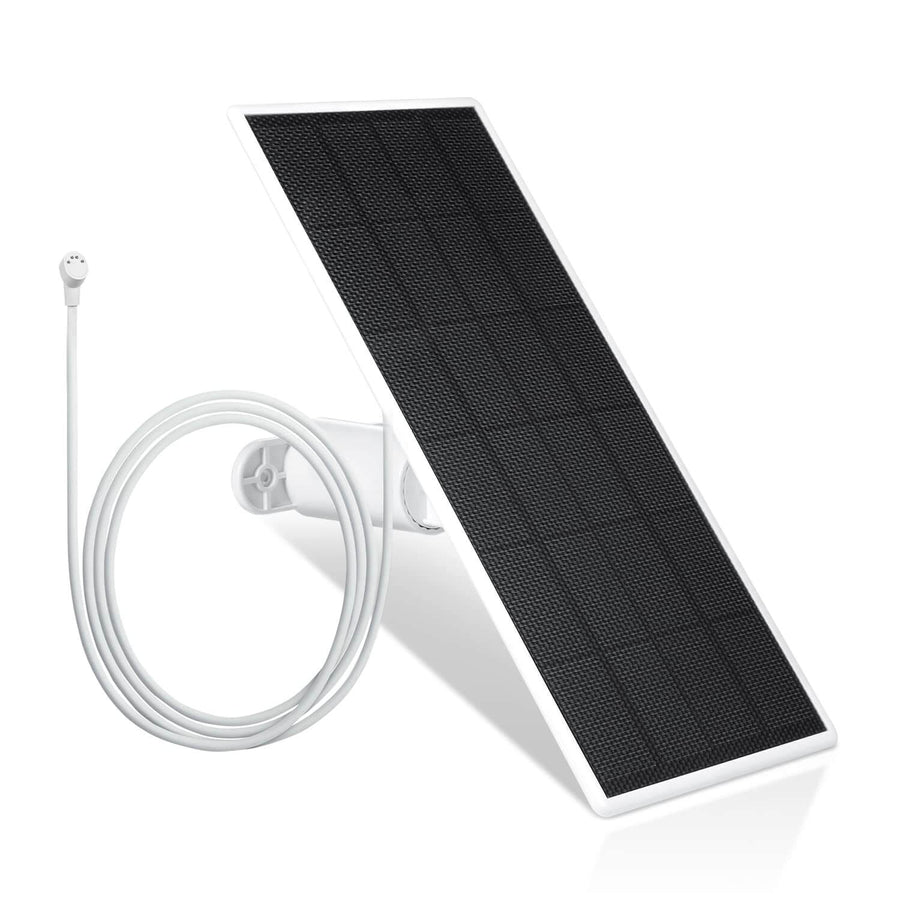
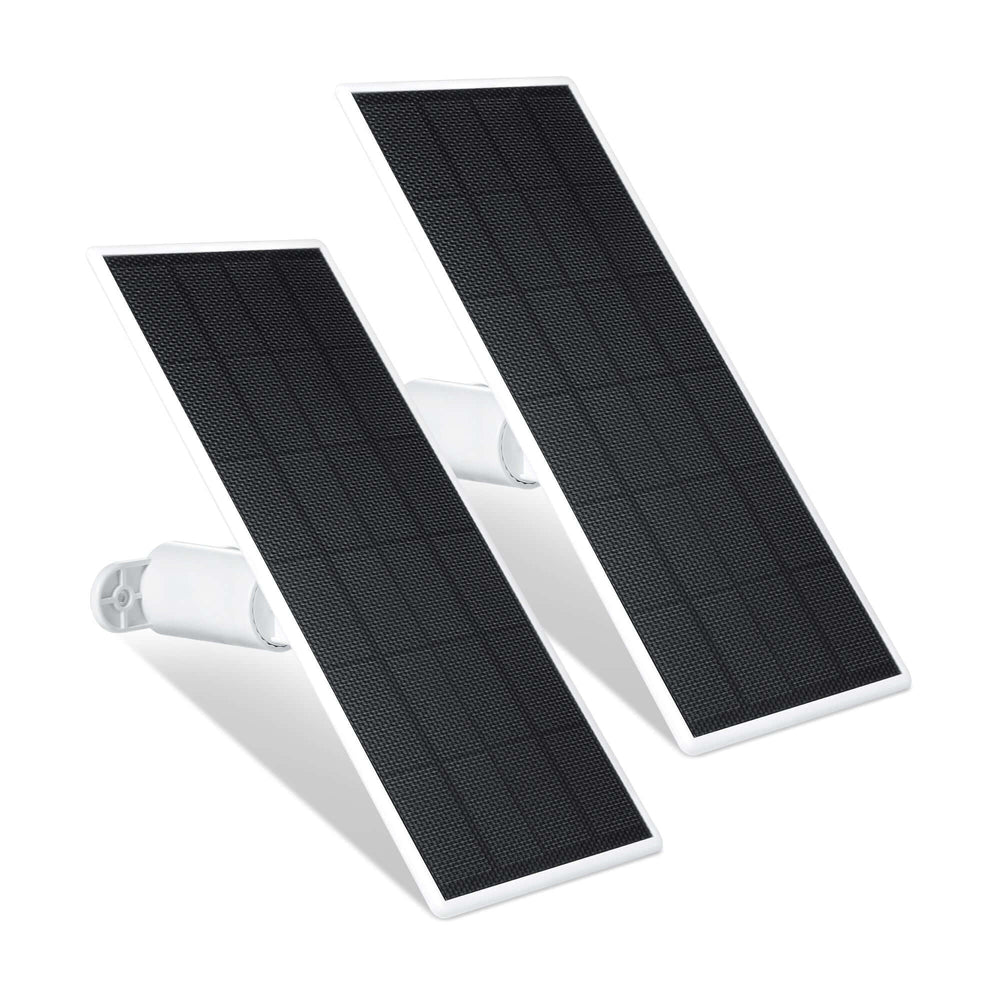

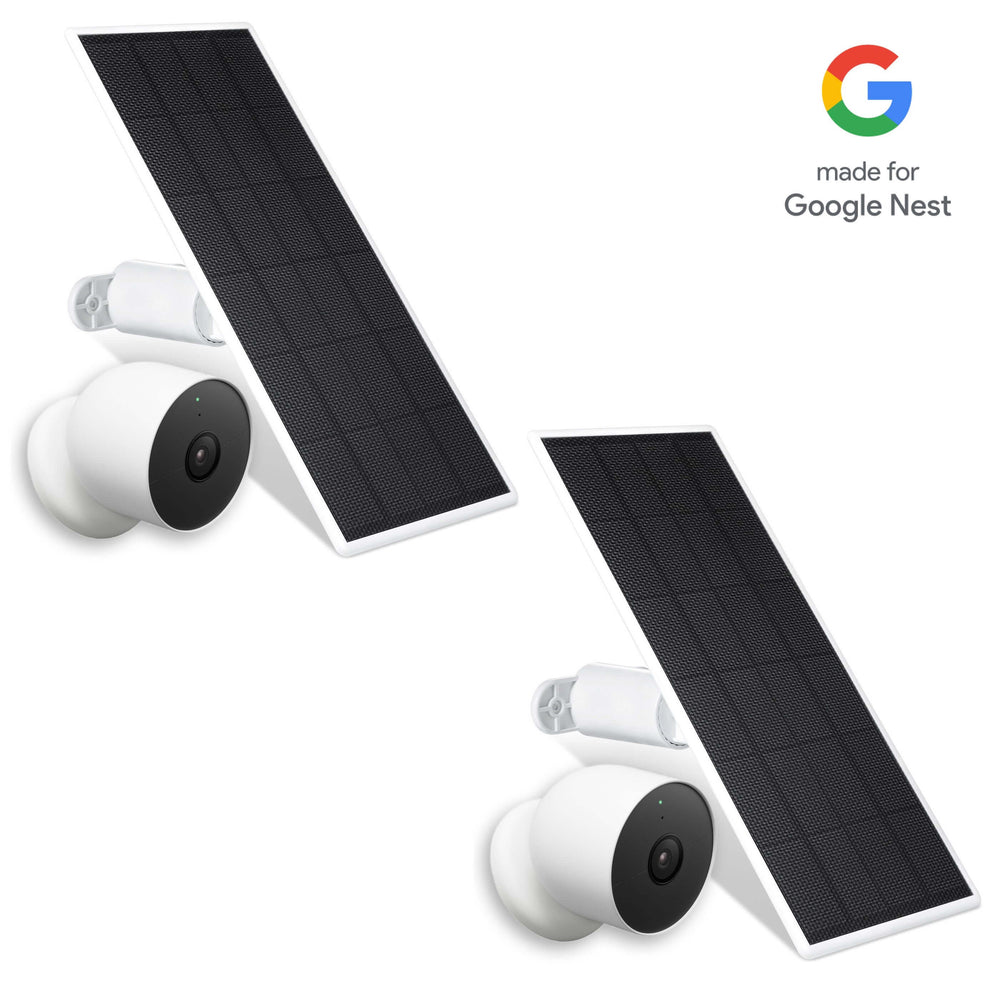
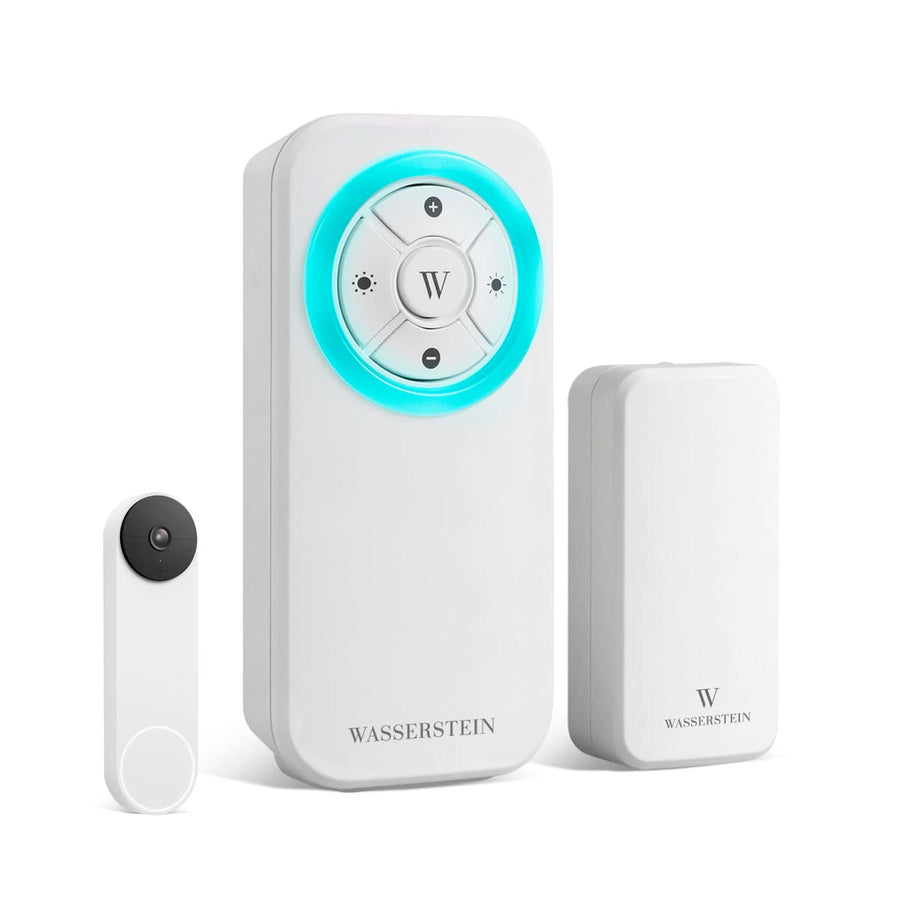
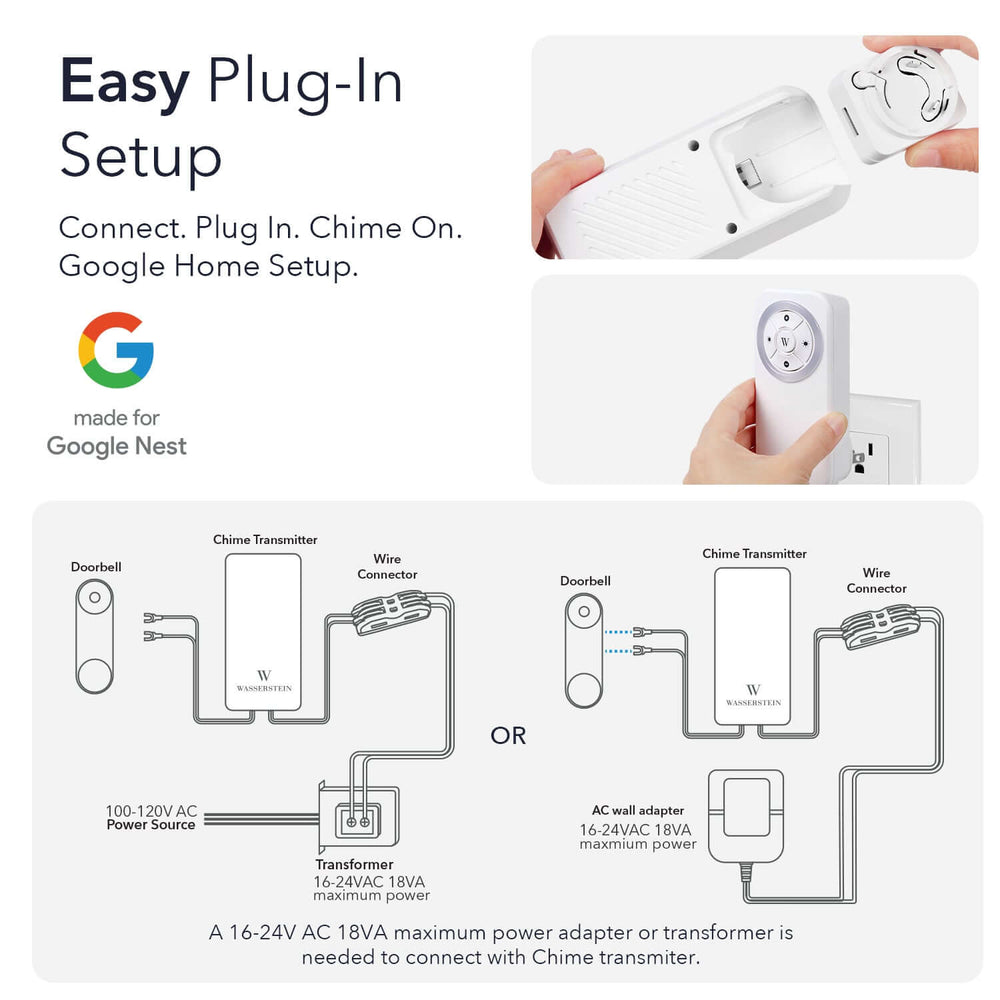
Leave a comment